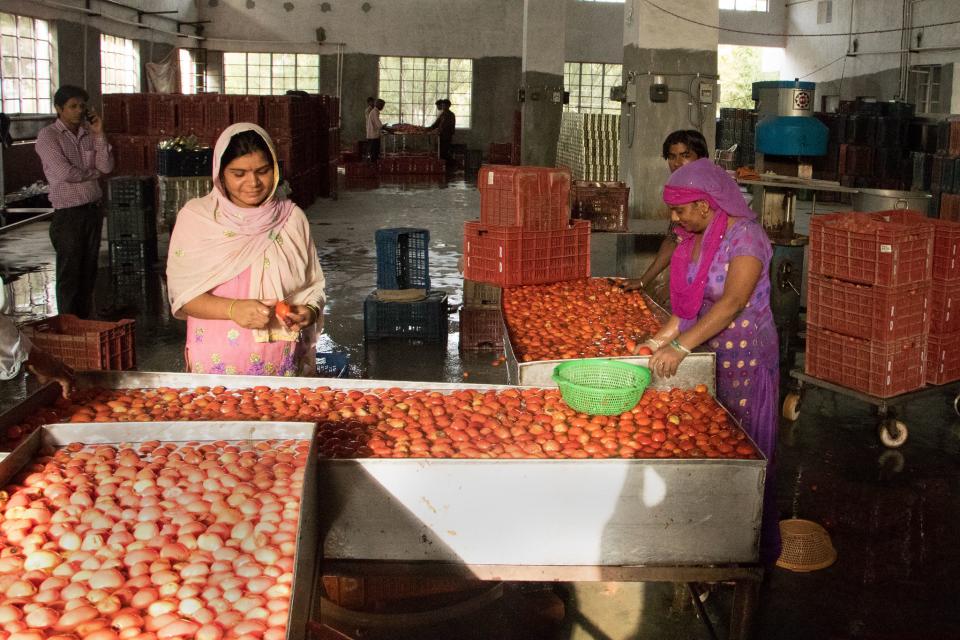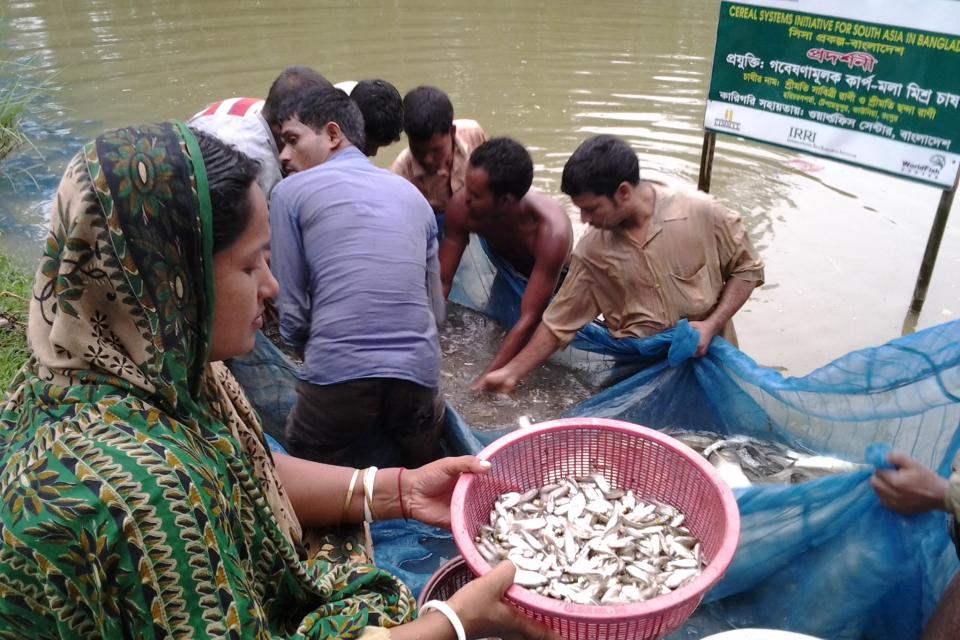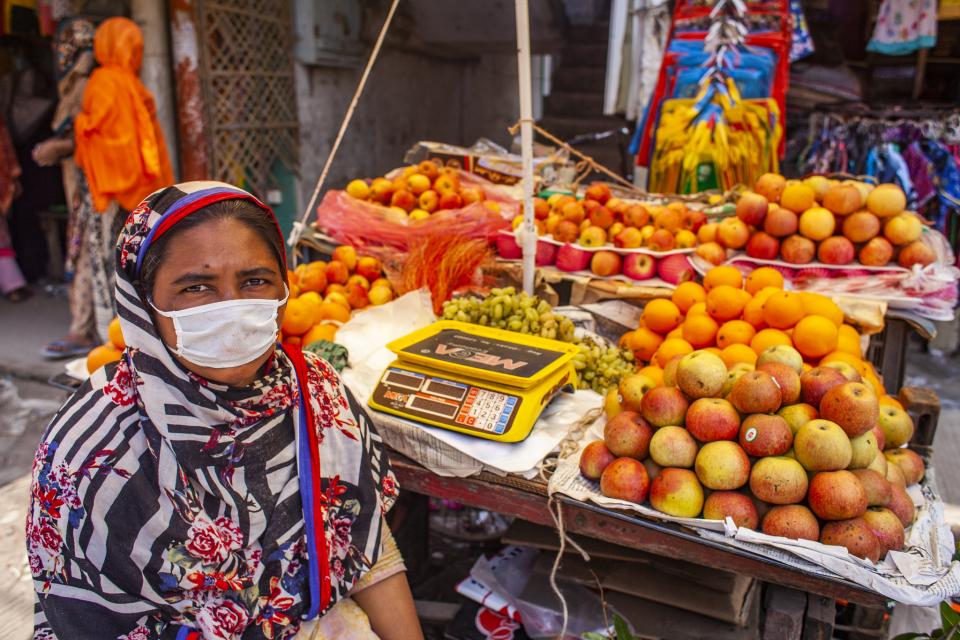Weighted gender control index (WGCI)
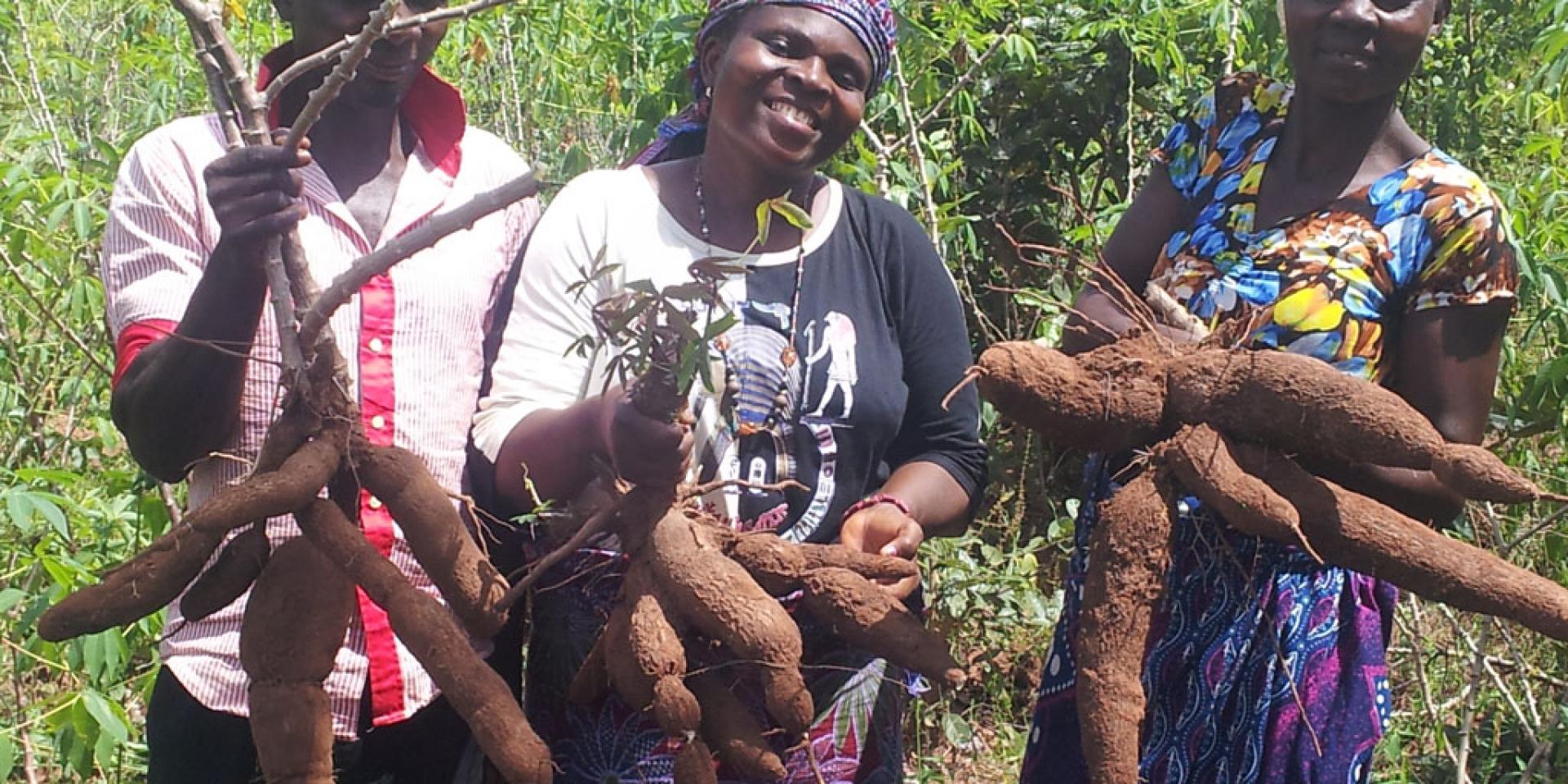 Photo: IITA
Photo: IITA
A method to measure women’s control over decision-making for crop production, sales and use of income.
Why is the method important?
This is a new method to measure women’s control over decision-making for agricultural production, sales and use of income, using a mixed-methods approach. It combines quantitative data collected through household survey in Zambia along with qualitative data collected through multiple rounds of Focus Group Discussions (FGDs); first in mixed-gender groups to describe control over crop production and sale, and then in sex-segregated groups with members of groundnut seed-producer groups.
Who is the method for?
This method is for policy makers, students and researchers.
Country of focus: Zambia.
How can I use the method?
The method was developed to measure women’s control over decision-making for crop production, sales and use of income. It is not restricted to crops only, but it can also measure changes in women’s control over livestock.
This approach uses both qualitative and quantitative methods to compare results obtained from different methods and explore the reasons for divergence, test hypotheses suggested by qualitative methods and to help interpret the findings from a household survey.
Six hypotheses regarding ‘women’s crops’ are tested using the method:
- Women have greater control over some crops than others
- Men and women have conflicting views on women’s level of control
- Women maintain their control over groundnuts by allowing men control over other crops
- The higher women’s share of the workload, the greater their control over the crop
- Machine shelling of groundnut does not reduce women’s control
- Commercialization of groundnut does not reduce women’s control.
When and how was it developed?
The method was developed in 2014 by the International Crops Research Institute for the Semi-Arid Tropics (lCRISAT).
It was tested for groundnuts in Eastern Province, Zambia, using a mixed-methods approach that involved FGDs and a quantitative household survey.
Where can I get the method? Who can I contact?
Access or download (819 KB) the method.
Tools, methods, manuals
Publications
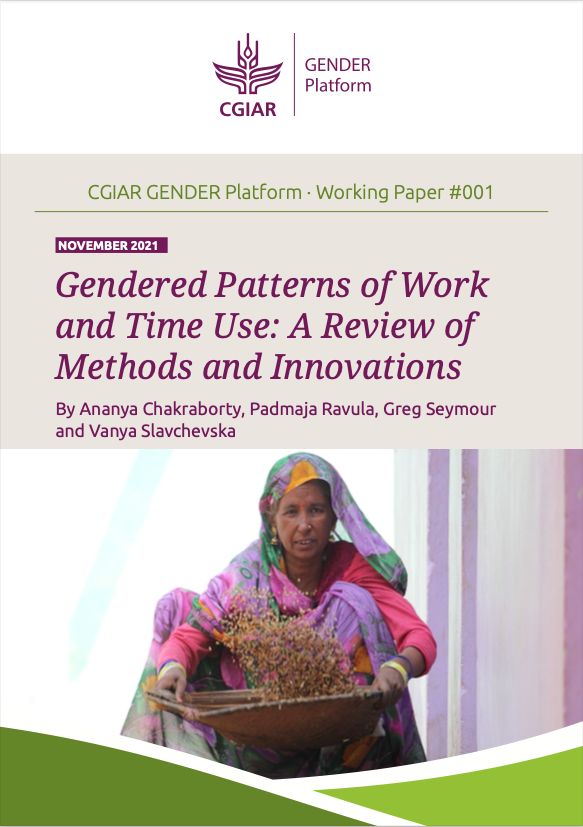
Gendered patterns of work and time use: A review of methods and innovations. CGIAR GENDER Platform working paper 001.
What do we mean by ‘women’s crops’? A mixed methods approach(Series paper Number 23)
Orr, A and Tsusaka, T W and Kee-Tui, S H and Msere, H (2014) What do we mean by ‘women’s crops’? A mixed methods approach(Series paper Number 23). [Socioeconomics Discussion Paper Series]
